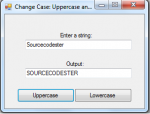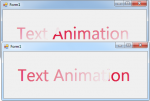Creating User Account Information in Java - Searching Records to Database
This is a continuation of my last tutorials entitled Creating User Account Information in Java - Adding Records to Database. So, in this tutorial we will create a function button that provides searching of records in the access database.
Now let's start this tutorial! :)
1.
- Read more about Creating User Account Information in Java - Searching Records to Database
- Log in or register to post comments
- 102 views

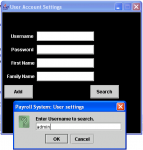
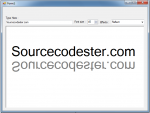
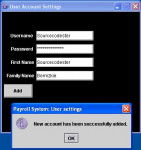

 2. Create your java program now named UserSettings.java.
3.
2. Create your java program now named UserSettings.java.
3.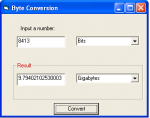
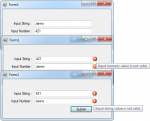


 2. Create now a java program with a filename of PopulateComboBox.java.
3.
2. Create now a java program with a filename of PopulateComboBox.java.
3.